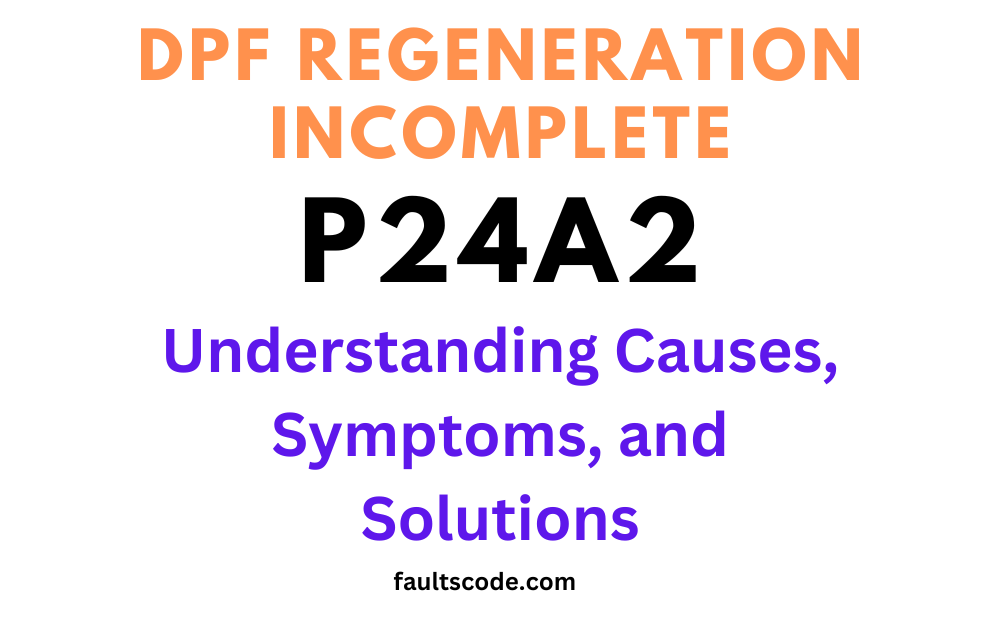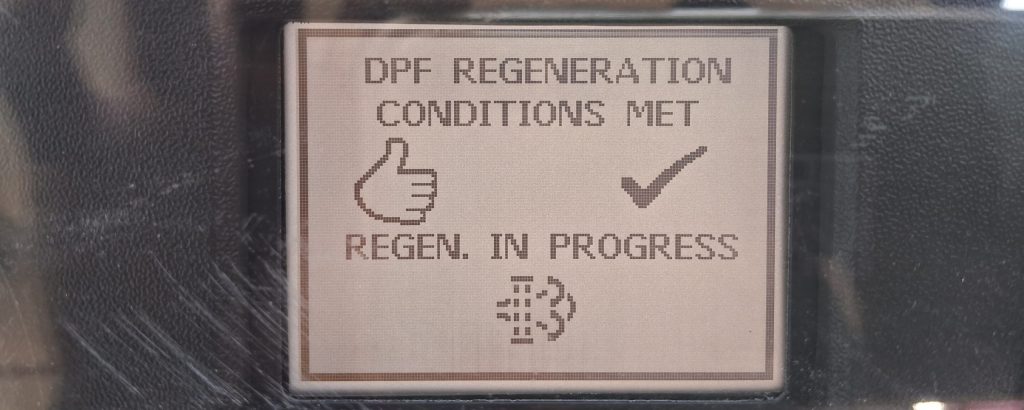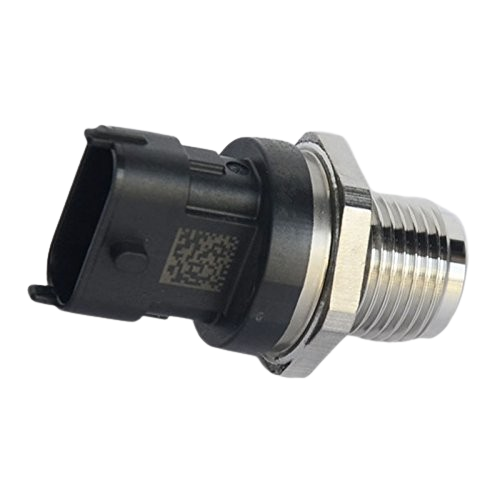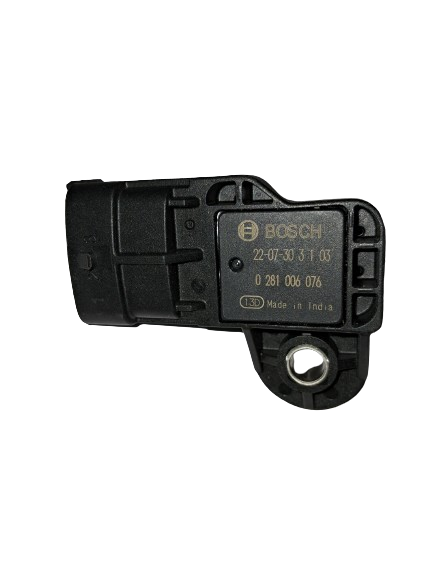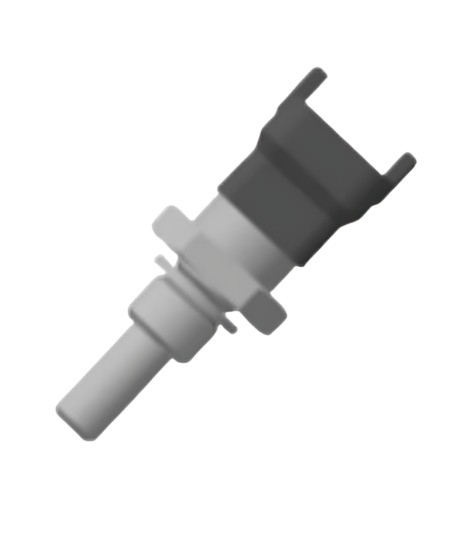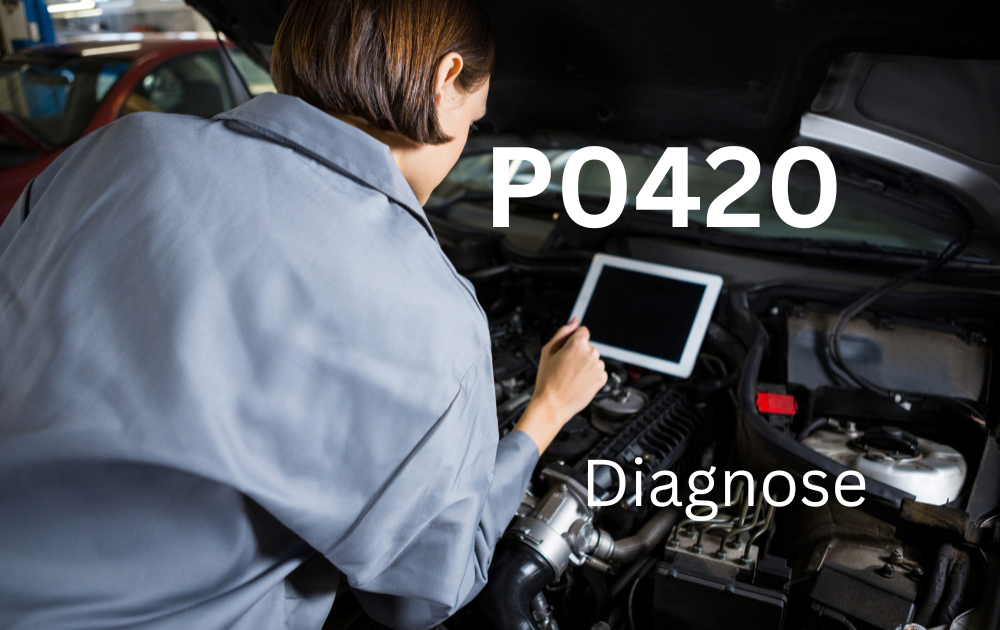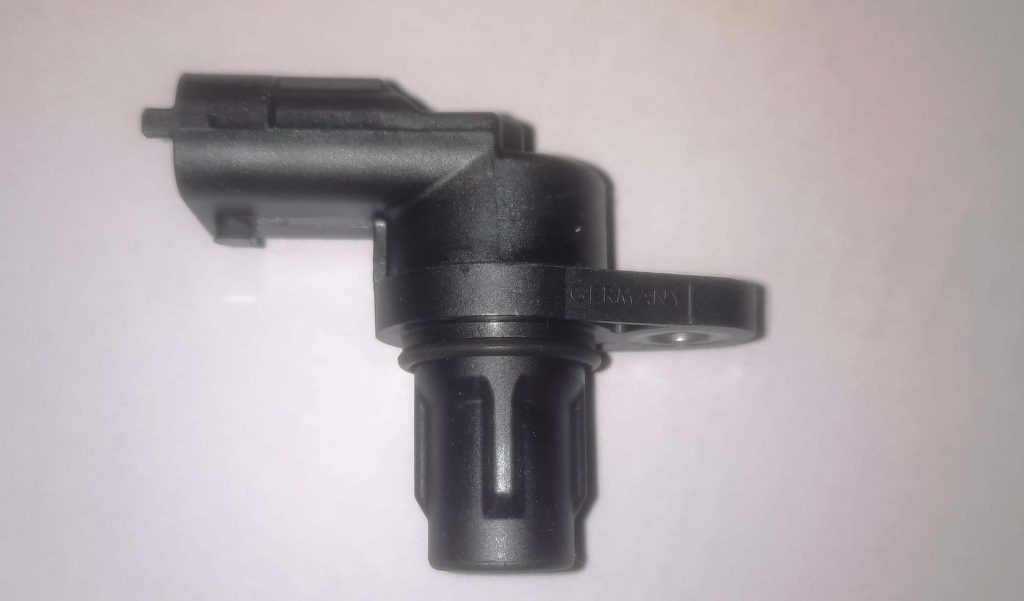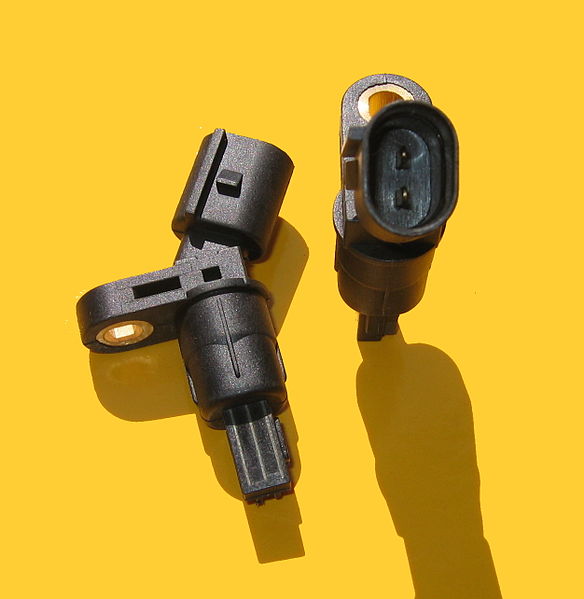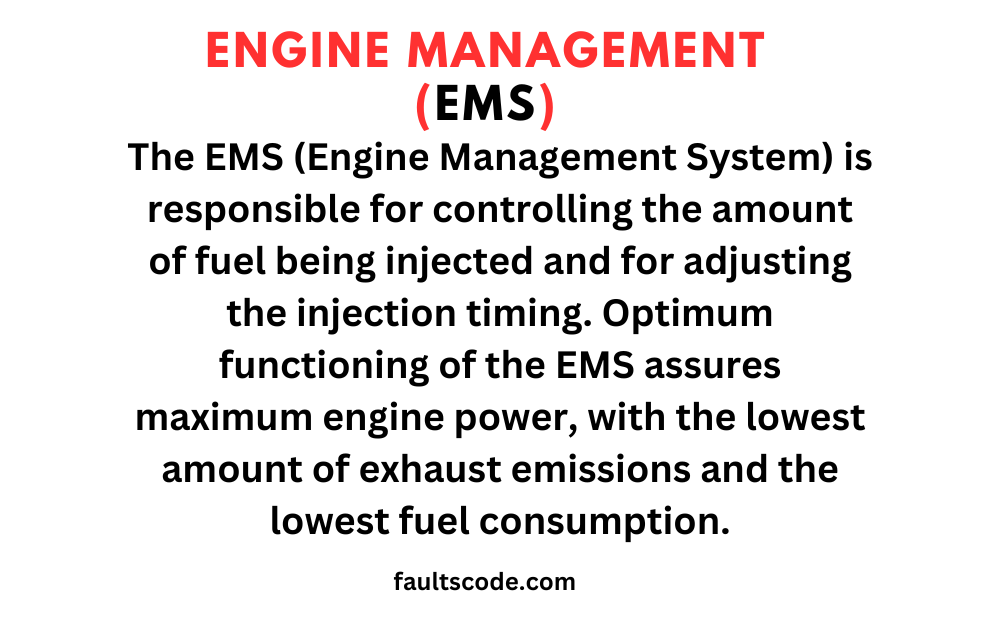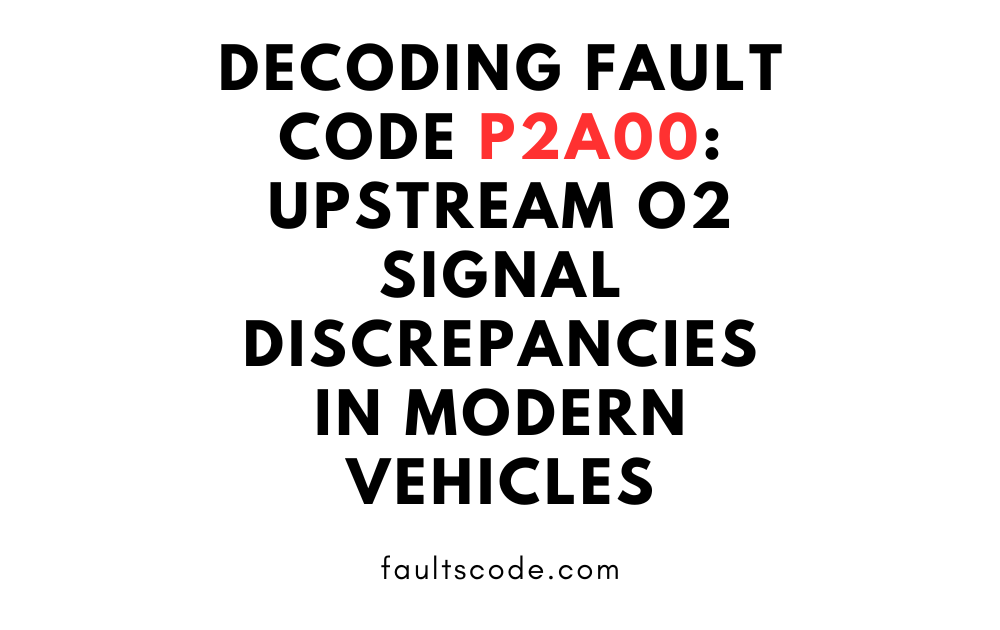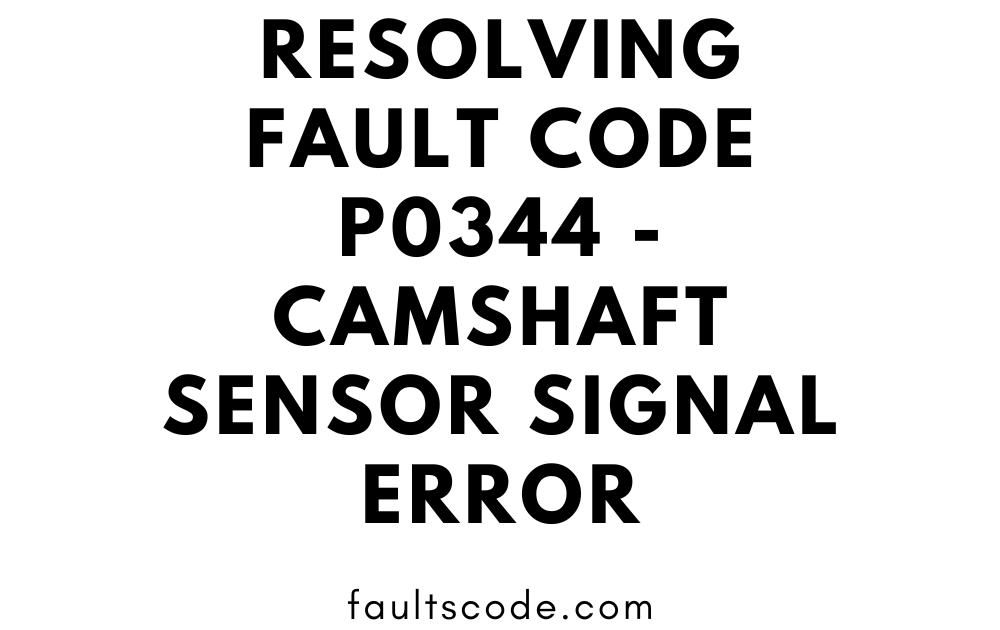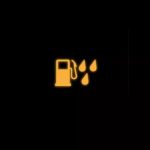Understanding P2169 Water In Fuel Detected: Causes, Symptoms, and Solutions

P2169 Water In Fuel Detected
Understanding Fault Code P2169: Water In Fuel Detected
In the realm of automotive diagnostics, Fault Code P2169 stands out as a crucial identifier, particularly concerning the integrity of a vehicle’s fuel system. This trouble code specifically points towards the presence of water in the fuel, a situation that demands immediate attention from vehicle owners and mechanics alike.
Importance of Prompt Addressal
Recognizing and rectifying Fault Code P2169 is of paramount importance due to its potential ramifications on vehicle performance, efficiency, and long-term health. Ignoring this issue can lead to severe consequences, ranging from diminished engine performance to catastrophic failures, all of which can significantly compromise both safety and reliability.
Article Structure Overview
To comprehensively tackle the nuances of Fault Code P2169 and its implications, this article will delve into various aspects surrounding the detection, causes, effects, and resolution of water in the fuel. The following sections will guide readers through a detailed exploration:
- Understanding Fault Code P2169
- Causes of Water Contamination in Fuel
- Signs and Symptoms
- Potential Damage and Risks
- Diagnostic Procedures
- Steps for Resolving P2169
- Preventive Measures and Maintenance Practices
Through a structured approach, this article aims to equip readers with the knowledge and insights necessary to effectively identify, address, and prevent issues related to water in fuel, ultimately promoting enhanced vehicle performance and longevity.
Understanding Fault Code P2169: Water In Fuel Detected
Definition and Meaning of the Trouble Code
Fault Code P2169, denoted as “Water In Fuel Detected,” is a diagnostic trouble code (DTC) commonly encountered in modern vehicles equipped with onboard diagnostics systems. This code is specifically designed to alert drivers and technicians about the presence of water within the vehicle’s fuel system.
When this fault code is triggered, it indicates that the vehicle’s engine control module (ECM) or powertrain control module (PCM) has detected an abnormal level of water content in the fuel supply. The ECM/PCM monitors various sensors and parameters related to fuel delivery and combustion, and when it detects an anomaly beyond acceptable thresholds, it logs the P2169 trouble code.
Explanation of How the Code is Generated
The generation of Fault Code P2169 typically involves the interaction of several sensors and components within the vehicle’s fuel system. Modern vehicles are equipped with various sensors that continuously monitor parameters such as fuel pressure, temperature, and composition. Additionally, some vehicles feature specialized sensors designed to detect water presence in the fuel.
When the ECM/PCM receives signals from these sensors indicating an abnormal level of water in the fuel, it interprets this data as a potential issue that could compromise engine performance and efficiency. As a result, the ECM/PCM triggers the P2169 trouble code and illuminates the check engine light on the vehicle’s dashboard to alert the driver.
Importance of Detecting Water in Fuel for Vehicle Performance
Detecting water in the fuel is critically important for maintaining optimal vehicle performance and reliability. Water contamination in the fuel can have several adverse effects on the engine and its components:
- Fuel Combustion Issues: Water does not combust efficiently in the engine, leading to incomplete combustion and reduced engine power output. This can result in decreased acceleration, rough idling, and overall poor performance.
- Corrosion and Damage: Water can corrode metal components within the fuel system, including fuel lines, injectors, and fuel pumps. Prolonged exposure to water can lead to accelerated wear and damage, ultimately compromising the integrity of the fuel system.
- Engine Misfires and Stalling: Excessive water in the fuel can disrupt the fuel-air mixture ratio, leading to engine misfires and potentially causing the engine to stall unexpectedly, especially during acceleration or under load.
In summary, detecting water in the fuel through Fault Code P2169 is crucial for preventing potential damage to the vehicle’s engine and ensuring optimal performance and reliability. Timely diagnosis and resolution of this issue are essential to mitigate the risks associated with water contamination and maintain the health of the fuel system.
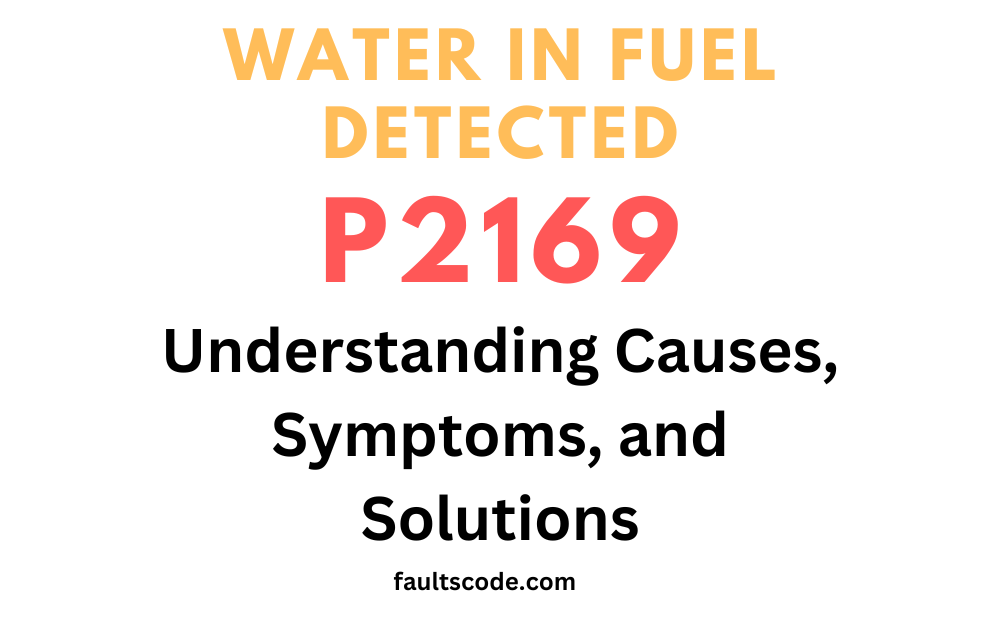
Causes of P2169: Water In Fuel Detected
Water contamination in the fuel system, as indicated by Fault Code P2169, can stem from various sources and factors. Understanding these underlying causes is essential for effectively diagnosing and addressing the issue to restore vehicle performance and reliability. Below are the primary causes associated with the occurrence of P2169:
1. Contaminated Fuel Sources:
Contaminated fuel sources, such as contaminated gasoline or diesel, are a common cause of water in the fuel. Water may infiltrate fuel tanks during transportation, storage, or refueling processes. Additionally, fuel stations with poorly maintained storage tanks or contaminated fuel delivery systems can introduce water into the fuel supply.
2. Faulty Fuel Filter:
A malfunctioning or clogged fuel filter can fail to adequately remove water and contaminants from the fuel system. Over time, a deteriorated fuel filter may allow water to bypass the filtration process, leading to accumulation in the fuel lines and injectors. This can contribute to the triggering of Fault Code P2169 and subsequent engine performance issues.
3. Damaged Fuel Injectors:
Damaged or worn-out fuel injectors can compromise the integrity of the fuel delivery system, increasing the likelihood of water infiltration. Leaky injectors may allow water to seep into the combustion chamber, disrupting the fuel-air mixture and causing engine misfires or hesitation. Addressing faulty injectors is crucial for preventing water contamination and maintaining engine efficiency.
4. Poorly Sealed Fuel System Components:
Any gaps, cracks, or leaks in the fuel system components, such as fuel lines, fuel tank seals, or filler necks, can provide entry points for water to enter the fuel system. These vulnerabilities may result from wear and tear over time or poor installation practices. Ensuring the tightness and integrity of all fuel system seals and connections is essential for preventing water ingress.
5. Impact of Weather Conditions on Water Accumulation:
Weather conditions, particularly extreme temperatures and humidity levels, can influence the accumulation of water in the fuel system. Condensation may form inside fuel tanks during temperature fluctuations, leading to the buildup of water droplets over time. Additionally, prolonged exposure to rain or flooding can introduce water into the fuel tank through compromised seals or ventilation systems.
Addressing these potential causes of water in the fuel system is essential for diagnosing and resolving Fault Code P2169 effectively. By identifying and mitigating the underlying issues contributing to water contamination, vehicle owners and technicians can ensure optimal engine performance and reliability. Regular maintenance, proper fuel storage practices, and prompt repairs are key to preventing water-related issues and preserving the integrity of the fuel system.
Symptoms of P2169: Water In Fuel Detected
Detecting water in the fuel system, as indicated by Fault Code P2169, can manifest through various observable symptoms that signal potential issues with engine performance and overall vehicle operation. Recognizing these symptoms is crucial for prompt diagnosis and resolution of the underlying problem. Below are the common symptoms associated with P2169:
1. Check Engine Light (CEL) Illumination:
One of the primary indicators of water contamination in the fuel system is the illumination of the check engine light on the vehicle’s dashboard. When the ECM or PCM detects anomalies related to water presence, it triggers Fault Code P2169 and illuminates the CEL to alert the driver of a potential issue.
2. Decreased Engine Performance:
Water in the fuel can adversely affect engine performance, leading to decreased power output and responsiveness. Drivers may notice sluggish acceleration, reduced throttle response, and overall diminished performance, especially during acceleration or under load.
3. Rough Idling or Stalling:
Water contamination can disrupt the combustion process within the engine, resulting in irregular idling or engine stalling. Vehicles may exhibit rough idling, where the engine runs unevenly or inconsistently, or experience sudden stalls, particularly when coming to a stop or while idling.
4. Excessive Smoke Emissions:
Excessive smoke emissions from the exhaust can be indicative of water contamination in the fuel system. Water in the combustion chamber can disrupt fuel combustion, leading to incomplete burning of fuel and increased emissions of smoke, particularly white or gray smoke, from the exhaust.
5. Reduced Fuel Efficiency:
Water in the fuel can negatively impact fuel efficiency by altering the fuel-air mixture ratio and combustion process. Vehicles may experience increased fuel consumption and reduced mileage per gallon, resulting in decreased fuel efficiency and higher fuel costs over time.
6. Potential Long-term Damage to Engine Components:
Continued operation with water-contaminated fuel can potentially cause long-term damage to various engine components, including fuel injectors, fuel pumps, valves, and combustion chambers. Corrosion, wear, and deterioration of these components may lead to costly repairs or premature failure if the issue is not addressed promptly.
Recognizing these symptoms of Fault Code P2169 is crucial for vehicle owners and technicians to take appropriate action and prevent further damage to the engine and fuel system. Timely diagnosis and resolution of water contamination issues are essential for restoring engine performance, ensuring vehicle safety, and avoiding costly repairs in the long run.
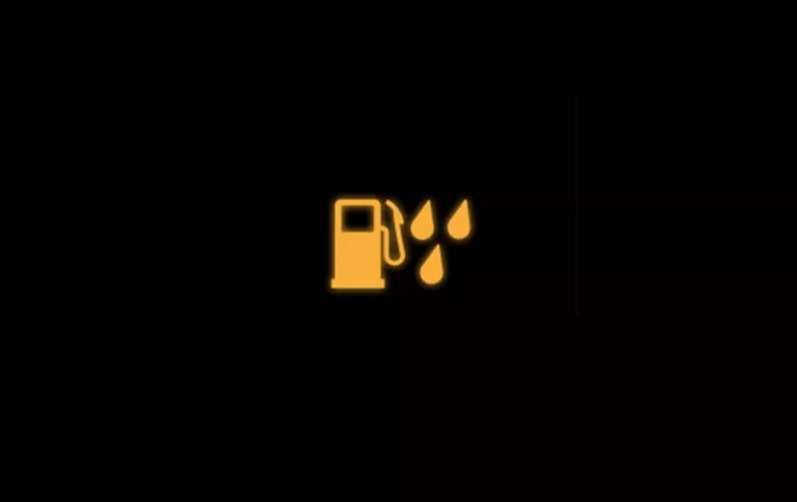
Diagnostic Procedures for P2169: Water In Fuel Detected
Effectively diagnosing Fault Code P2169 involves a systematic approach that combines both visual inspections and specialized tests to identify the presence of water in the fuel system. Below are the recommended diagnostic procedures:
1. Use of OBD-II Scanner for Code Retrieval:
Begin the diagnostic process by connecting an OBD-II scanner to the vehicle’s onboard diagnostic port. Retrieve the trouble codes stored in the Engine control module (ECM) or powertrain control module (PCM), including Fault Code P2169. Note any additional codes that may provide further insight into related issues.
2. Visual Inspection of Fuel System Components:
Conduct a thorough visual inspection of the fuel system components, including the fuel tank, fuel lines, fuel injectors, fuel filter, and associated connections. Look for signs of leaks, corrosion, or damage that could allow water ingress into the fuel system. Pay close attention to areas where water accumulation is likely, such as low points in the fuel lines or around seals and gaskets.
3. Fuel Sample Analysis for Water Content:
Collect a fuel sample directly from the fuel tank or fuel rail using a clean, dry container. Inspect the appearance of the fuel sample for any visible signs of water separation or contamination, such as cloudy or milky appearance. Additionally, perform a water content analysis using specialized testing equipment or test strips designed for detecting water presence in fuel.
4. Functional Tests on Fuel Injectors and Filters:
Perform functional tests on the fuel injectors and fuel filter to assess their performance and integrity. Use diagnostic tools, such as a fuel injector tester or fuel pressure gauge, to evaluate the spray pattern, flow rate, and fuel pressure of the injectors. Inspect the fuel filter for clogs, tears, or signs of deterioration that may hinder its ability to effectively remove water and contaminants from the fuel.
5. Dynamic Testing and Data Analysis:
Conduct dynamic testing by operating the vehicle under various driving conditions to observe engine performance and behavior. Monitor engine parameters, such as fuel pressure, air-fuel ratio, and exhaust emissions, using diagnostic equipment or onboard sensors. Analyze the data collected during dynamic testing to identify any irregularities or abnormalities that may indicate water contamination issues.
By following these diagnostic procedures systematically, technicians can accurately diagnose the presence of water in the fuel system and identify the underlying causes contributing to Fault Code P2169. Thorough inspection, testing, and analysis are essential for effective troubleshooting and ensuring proper resolution of the issue to restore vehicle performance and reliability.
Solutions and Repairs for P2169: Water In Fuel Detected
Effectively addressing Fault Code P2169 and resolving water contamination issues in the fuel system requires a combination of preventative measures, repairs, and maintenance practices. Below are recommended solutions and repairs to mitigate the effects of water in the fuel:
1. Draining and Flushing the Fuel System:
Begin by draining the contaminated fuel from the fuel tank and fuel lines to remove any water and impurities. Use a fuel siphon or pump to extract the fuel from the tank, ensuring thorough removal of water-laden fuel. Follow this with a comprehensive flushing of the fuel system using clean fuel to eliminate any remaining traces of water and contaminants.
2. Replacement of Fuel Filter and Damaged Components:
Replace the fuel filter with a new, high-quality filter to ensure effective filtration of fuel and removal of water. Additionally, inspect and replace any damaged or worn-out components in the fuel system, such as fuel lines, seals, gaskets, or fuel injectors, that may have been compromised by water contamination.
3. Inspection and Repair of Fuel System Seals:
Conduct a thorough inspection of fuel system seals, including seals on the fuel tank, fuel lines, filler neck, and injector seals. Replace any worn or damaged seals to prevent future water ingress and ensure a tight seal within the fuel system.
4. Adding Fuel Additives to Remove Water:
Consider adding specialized fuel additives designed to remove water from the fuel system. These additives typically contain emulsifiers or alcohol-based compounds that help disperse water molecules and facilitate their removal during combustion. Follow the manufacturer’s recommendations for proper dosage and application of fuel additives.
5. Regular Maintenance to Prevent Recurrence:
Implement a regular maintenance schedule to prevent the recurrence of water contamination issues in the fuel system. This includes routine inspections of fuel system components, scheduled fuel filter replacements, and adherence to proper fuel storage and handling practices. Regularly monitor fuel quality and perform fuel system treatments as needed to maintain optimal performance and prevent water-related issues.
By implementing these solutions and repairs, vehicle owners and technicians can effectively address water contamination issues in the fuel system, mitigate the effects of Fault Code P2169, and ensure long-term reliability and performance of the vehicle. Prioritizing preventative maintenance and proactive measures is key to minimizing the risk of water ingress and preserving the integrity of the fuel system.
Professional vs. DIY Approach: Repairing P2169
DIY Approach:
Pros:
- Cost Savings: One of the primary advantages of the DIY approach is cost savings. DIY repairs typically involve purchasing parts and tools yourself, which can be more affordable compared to hiring a professional mechanic.
- Learning Experience: DIY repairs provide an opportunity for hands-on learning and skill development. Tackling automotive repairs independently can enhance your understanding of your vehicle’s systems and components.
- Convenience: DIY repairs offer the convenience of working on your own schedule and at your own pace. You have the flexibility to perform repairs when it’s most convenient for you without having to schedule appointments or wait for availability.
Cons:
- Limited Expertise: DIY repairs may lack the expertise and specialized knowledge of a professional mechanic. Without proper training and experience, there’s a risk of misdiagnosis or improper repairs, which can lead to further complications and safety concerns.
- Time and Effort: Performing DIY repairs requires time, effort, and dedication. Complex repairs may involve extensive research, trial and error, and troubleshooting, which can be time-consuming and challenging for inexperienced individuals.
- Risk of Errors: DIY repairs carry the risk of errors or mistakes that could potentially worsen the problem or cause additional damage to the vehicle. Incorrect repairs may also void warranties or insurance coverage, leading to unforeseen expenses.
Professional Approach:
Pros:
- Expertise and Experience: Professional mechanics possess specialized training, expertise, and experience in diagnosing and repairing automotive issues. They have access to advanced diagnostic tools and equipment, allowing for accurate troubleshooting and efficient repairs.
- Accurate Diagnosis: Professional diagnosis ensures accurate identification of the underlying problem, reducing the risk of misdiagnosis and unnecessary repairs. Professional mechanics can quickly pinpoint the cause of Fault Code P2169 and recommend appropriate solutions based on their expertise.
- Quality Assurance: Professional repairs come with a level of quality assurance and warranty coverage. Reputable auto repair shops often guarantee their workmanship and provide warranties on parts and labor, giving you peace of mind and assurance of reliable repairs.
Cons:
- Cost: Professional repairs typically involve higher upfront costs compared to DIY repairs. Labor charges, diagnostic fees, and markup on parts may contribute to the overall expense of professional services.
- Dependency: Relying on professional mechanics for repairs means you’re dependent on their availability and schedule. Scheduling appointments and waiting for repairs to be completed may inconvenience some vehicle owners.
- Lack of Control: Entrusting repairs to professionals means relinquishing control over the repair process. While professional mechanics prioritize accuracy and quality, some vehicle owners may prefer to have more direct involvement in the repair process.
Cost Considerations:
The cost of repairs varies depending on factors such as the severity of the issue, labor rates, parts costs, and geographic location. DIY repairs generally offer cost savings on labor charges but may incur expenses for tools, parts, and potential mistakes. Professional repairs ensure accurate diagnosis and quality workmanship but come with higher upfront costs and may include diagnostic fees and labor charges.
Ultimately, the decision between a DIY approach and seeking professional assistance depends on factors such as your level of expertise, comfort with automotive repairs, time availability, and budget constraints. For complex issues like Fault Code P2169, professional diagnosis and repairs are recommended to ensure accurate troubleshooting and reliable solutions.
Preventive Measures
- Use of Quality Fuel from Reputable Sources:
Ensure that you consistently refuel your vehicle with high-quality fuel from reputable gas stations. Quality fuel minimizes the risk of water contamination and other impurities that can lead to issues like Fault Code P2169. - Regular Inspection of Fuel System Components:
Conduct periodic inspections of your vehicle’s fuel system components, including fuel lines, fuel tank, fuel injectors, and seals. Look for signs of leaks, corrosion, or damage that could compromise the integrity of the system and lead to water infiltration. - Keeping Fuel Tanks Filled to Reduce Condensation:
Maintain a habit of keeping your fuel tank filled to reduce the formation of condensation. Condensation occurs when temperature fluctuations cause moisture to accumulate inside the tank. Keeping the tank full minimizes the space available for condensation to form. - Installation of Water-Separating Fuel Filters:
Consider installing water-separating fuel filters in your vehicle’s fuel system. These specialized filters are designed to effectively remove water and contaminants from the fuel, helping to prevent issues like water in fuel detection and subsequent engine damage. - Monitoring Vehicle Performance and Addressing Issues Promptly:
Stay vigilant by monitoring your vehicle’s performance regularly. Be alert to any changes in engine behavior, such as rough idling, decreased power, or unusual noises, which could indicate potential fuel-related issues. Address these issues promptly to prevent further damage and avoid triggering trouble codes like P2169.
Conclusion
In conclusion, addressing Fault Code P2169: Water In Fuel Detected is crucial for maintaining the performance and reliability of your vehicle’s engine. Water contamination in the fuel system can lead to significant engine damage and performance issues if left unresolved. By implementing proactive maintenance practices and staying vigilant, you can minimize the risk of water infiltration and prevent fuel-related issues.
Regular inspections, the use of quality fuel, installation of water-separating filters, and prompt action to address any performance issues are essential steps in preventing water contamination and associated trouble codes. Remember that proactive maintenance and timely intervention are key to preserving the integrity of your vehicle’s fuel system and ensuring smooth operation on the road.
Stay informed, stay proactive, and take prompt action when faced with trouble codes like P2169 to keep your vehicle running smoothly and reliably for miles to come.


